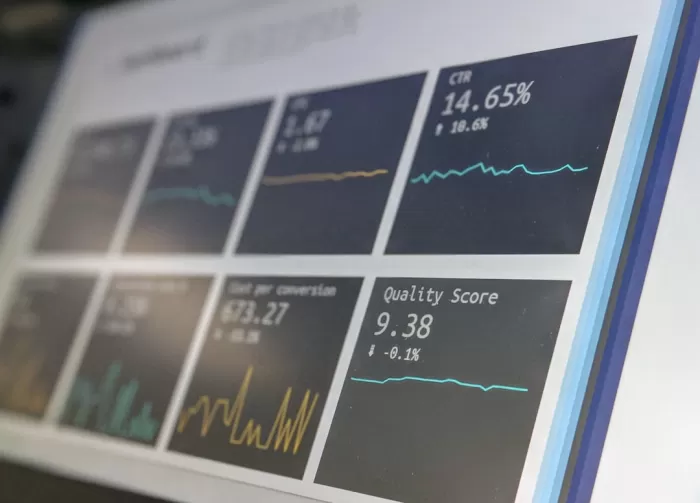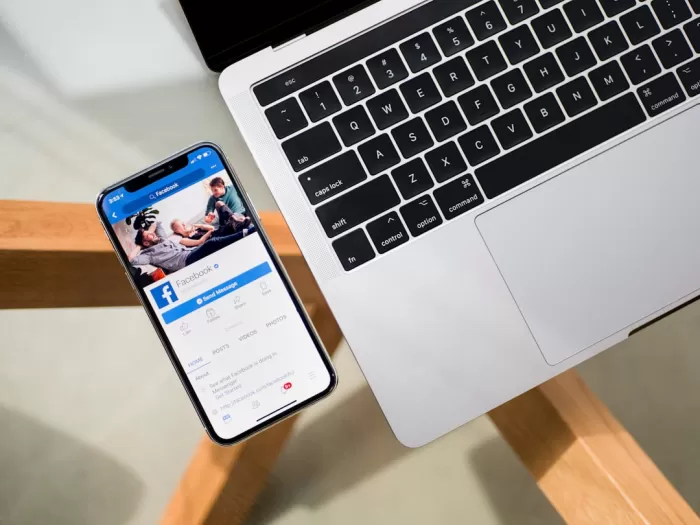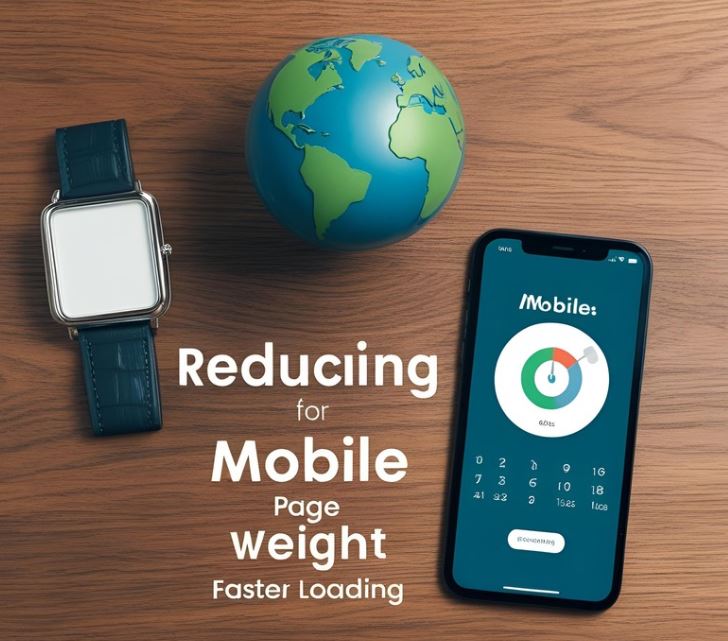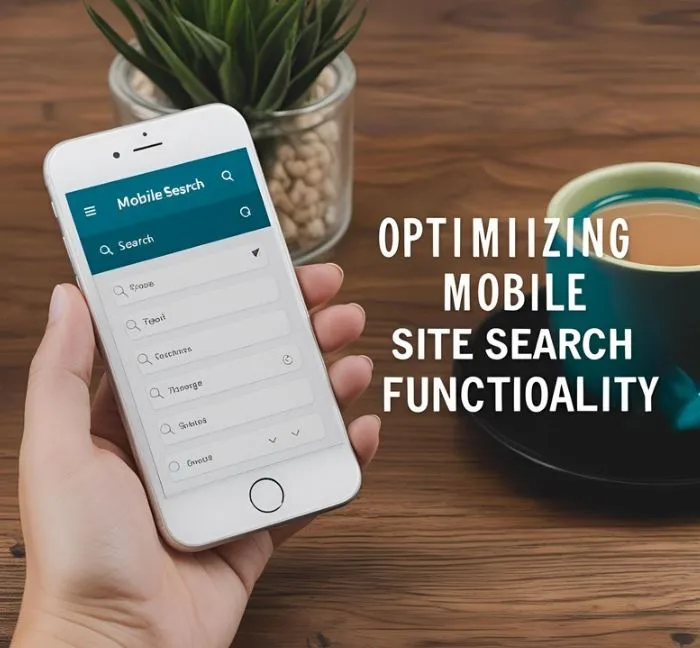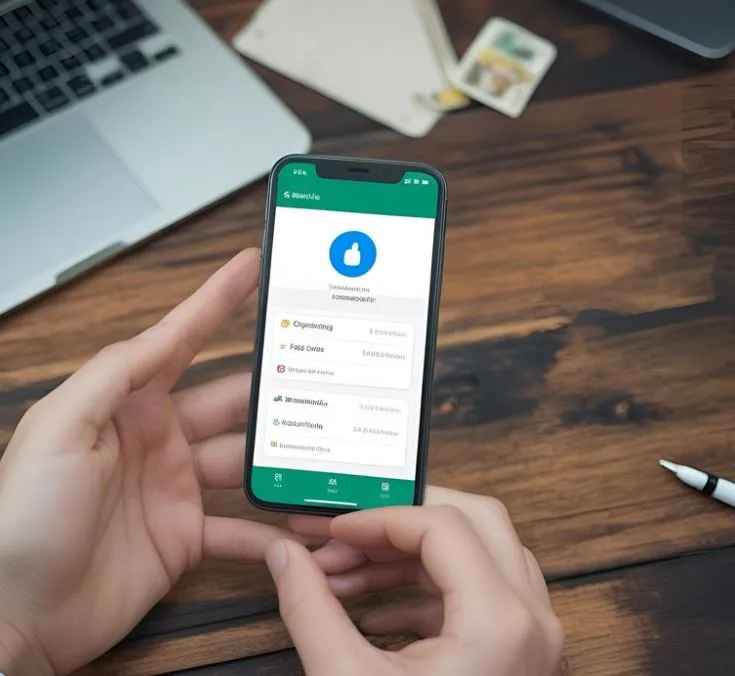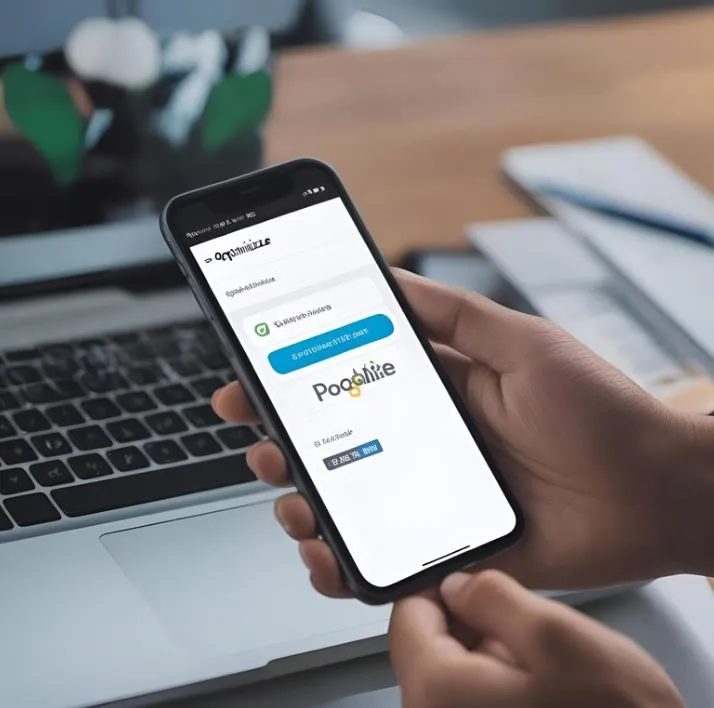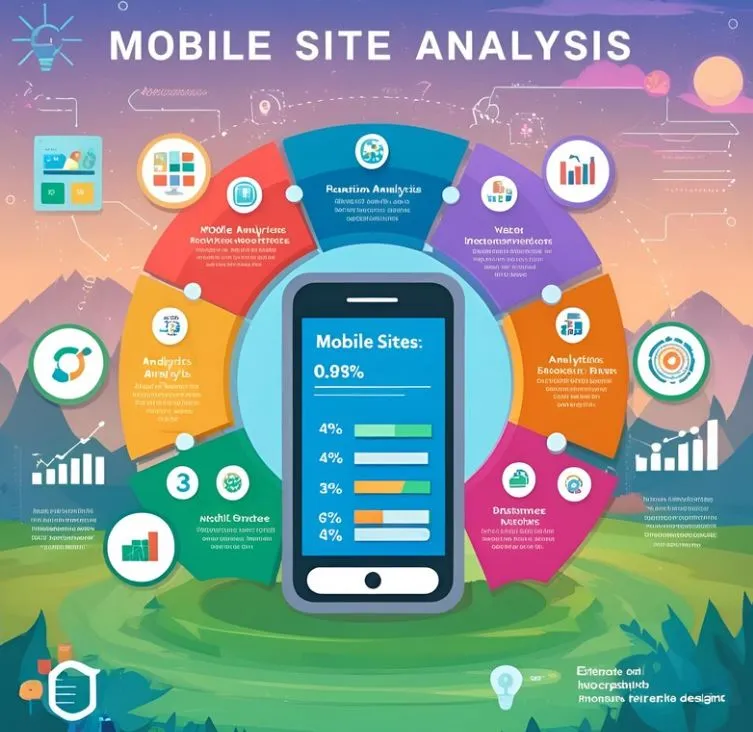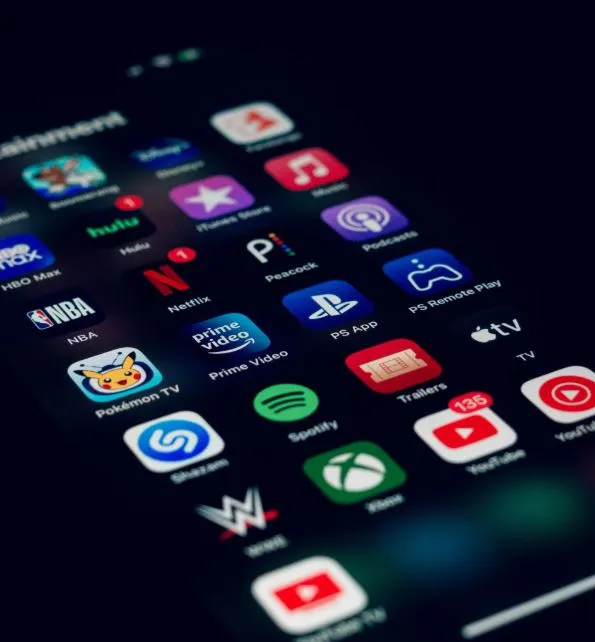
Development

Development
Progressive web apps (PWAs) are web applications that use modern web capabilities to provide a user experience similar to that of mobile apps. They are developed using web technologies such as HTML, CSS, and JavaScript. Since PWAs are built using web technologies, they can be developed using frameworks like React, Angular, or Vue.js.
On the other hand, native apps are applications built specifically for a particular platform, such as iOS or Android. Native apps are developed using platform-specific languages and tools, such as Swift or Objective-C for iOS and Java or Kotlin for Android.
When it comes to development, PWAs have the advantage of being platform-agnostic. A single codebase can be used to build a PWA that works across different platforms and devices. This can lead to faster development cycles and reduced costs compared to developing separate native apps for each platform.
Native apps, on the other hand, offer greater access to device features and capabilities. Developers can take full advantage of the hardware and software features of a specific platform to create highly optimized and user-friendly experiences.
Overall, the choice between developing a PWA or a native app depends on factors such as target audience, required features, development resources, and budget.
Performance

Performance
When it comes to performance, native apps are generally faster and more responsive compared to progressive web apps.
Native apps are developed specifically for a particular platform (iOS or Android), allowing them to take full advantage of the device's hardware and software capabilities. This results in smoother animations, quicker load times, and overall better performance.
On the other hand, progressive web apps rely on web technologies like HTML, CSS, and JavaScript. While advancements have been made to improve their performance, they still may not match the speed and efficiency of native apps, especially when it comes to complex functionalities or graphics-intensive tasks.
For example, a native app built for gaming purposes can deliver high frame rates and fluid gameplay due to direct access to the device's GPU, which may be challenging to achieve in a progressive web app running in a browser.
In summary, if performance is a critical factor for your app, especially for demanding tasks or real-time interactions, native apps are likely to provide a superior user experience compared to progressive web apps.
Accessibility
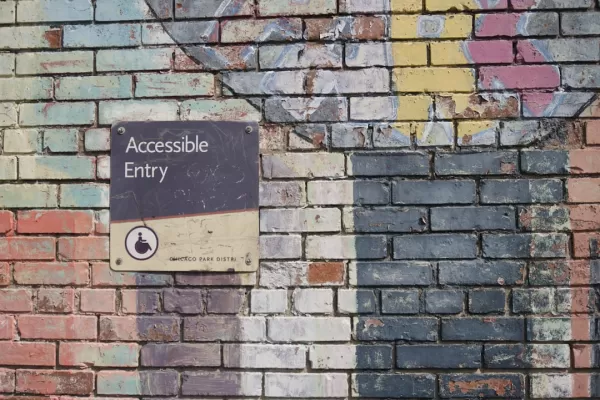
Accessibility
When it comes to accessibility, both progressive web apps (PWAs) and native apps have their own advantages and challenges.
- PWAs Accessibility: PWAs are built using web technologies like HTML, CSS, and JavaScript, which makes them inherently accessible. They can be accessed through a web browser on any device, making them more inclusive for users with disabilities.
- Native Apps Accessibility: Native apps often have better support for accessibility features provided by the operating system. For example, they can leverage screen readers, voice commands, and other accessibility tools that are specific to the platform.
It's important for developers to prioritize accessibility in both PWAs and native apps to ensure that all users, regardless of their abilities, can effectively interact with the application.
Offline Functionality

Offline Functionality
One key feature that sets progressive web apps (PWAs) apart from native apps is their ability to work offline. PWAs use service workers to cache data and assets, allowing users to access certain features even without an internet connection.
For example, consider a news app built as a PWA. If a user saves articles to read later while online, they can still access these saved articles even when they are offline. This is possible because the PWA has cached the content using service workers.
On the other hand, native apps also have the capability to work offline to some extent. Developers can implement local data storage within the app to store certain information for offline use. However, the offline functionality of native apps is more limited compared to PWAs.
Take a music streaming app as an example. A native music app may allow users to download songs for offline listening within the app, but the functionality is often restricted to content specifically downloaded within the app itself.
In summary, PWAs have a more seamless offline experience compared to native apps due to their ability to cache data and provide a more comprehensive offline functionality across various features.
User Experience

Progressive Web Apps (PWAs)
Progressive Web Apps (PWAs) are web applications that load like regular web pages or websites but can offer the user functionality such as working offline, push notifications, and device hardware access. They are designed to provide a seamless user experience similar to native apps.
Example: Twitter Lite is a PWA that offers a fast, reliable, and engaging user experience on mobile devices.
Native Apps
Native apps are applications developed for specific platforms, such as iOS or Android, using platform-specific programming languages and tools. They are downloaded and installed directly onto the user's device from app stores.
Example: Instagram is a native app that offers a highly optimized and feature-rich user experience with access to device-specific features.
User Experience Comparison
- Performance: Native apps tend to offer better performance than PWAs since they are optimized for specific platforms and have access to device-specific features.
- Offline Functionality: PWAs can work offline or on low-quality networks, providing a more reliable user experience compared to some native apps.
- Installation: Native apps require downloading and installation from an app store, while PWAs can be accessed directly through a web browser without the need for installation.
- Updates: PWAs are automatically updated when the user accesses them, ensuring users always have the latest version. Native apps require manual updates from the app store.
Distribution
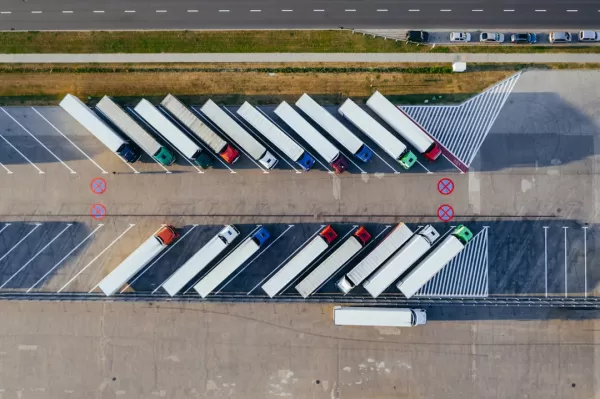
Progressive Web Apps (PWAs)
Progressive web apps are web applications that load like regular websites but offer the functionality of a native mobile app. They are built using web technologies like HTML, CSS, and JavaScript.
Examples: Twitter Lite, Starbucks, Flipboard
- Pros:
- Accessible through a URL, no need for app store download.
- Easier to update and maintain.
- Cost-effective development.
- Cons:
- Limited access to device features.
- May not provide the same performance as native apps.
Native Apps
Native apps are developed specifically for a particular platform, such as iOS or Android, using platform-specific programming languages like Swift or Java.
Examples: Facebook, Instagram, Uber
- Pros:
- Access to full range of device features.
- High performance and responsiveness.
- Can work offline.
- Cons:
- Expensive development costs.
- App store approval process.
Distribution
When it comes to distribution, native apps are typically distributed through app stores like the Apple App Store and Google Play Store. Users need to search for the app, download it, and install it on their devices.
On the other hand, progressive web apps are accessed through a URL and do not require installation from an app store. Users can simply visit the website hosting the PWA and add it to their home screen for quick access.
Updates
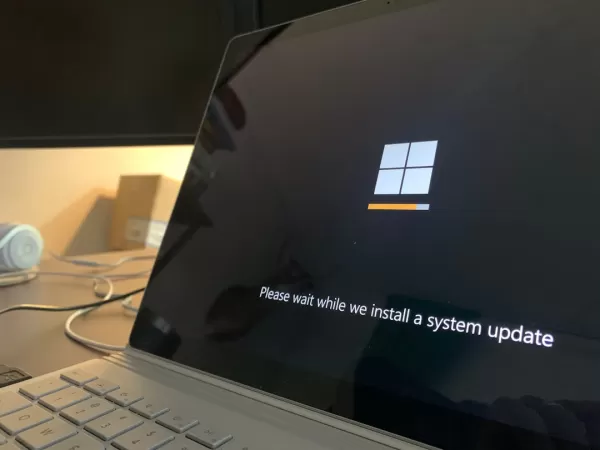
Updates
When it comes to updates, there is a notable difference between progressive web apps (PWAs) and native apps.
- Progressive Web Apps (PWAs):
- Native Apps:
PWAs are updated in real-time. Any changes made to the PWA will be immediately reflected the next time the user accesses it. This eliminates the need for users to download and install updates manually.
Native apps require users to download and install updates from the respective app stores. This process can be cumbersome for users, and they may choose to delay or ignore updates altogether.
Costs

Costs
When it comes to costs, there are some key differences between progressive web apps (PWAs) and native apps.
- Development Costs: Developing a PWA is generally more cost-effective compared to building a native app. This is because PWAs are built using web technologies like HTML, CSS, and JavaScript, which are commonly known and used by developers. Native apps, on the other hand, require separate development for iOS and Android platforms, which can increase costs.
- Maintenance Costs: PWAs are easier and cheaper to maintain as updates can be done on the web server without requiring users to download new versions. Native apps need to be updated through app stores, which can be more time-consuming and costly.
- Time to Market: PWAs have a faster development cycle, allowing businesses to launch their apps quicker and potentially save on development costs. Native apps may take longer to develop due to platform-specific requirements.
For example, if a small business wants to create a simple app to showcase their products and services, opting for a PWA could be a more cost-effective solution. On the other hand, a large enterprise looking to build complex features that require access to native device functionalities may find native apps more suitable despite the higher costs involved.
